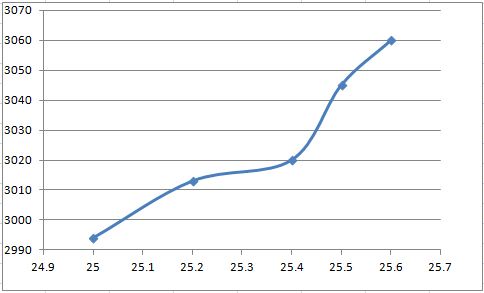First time doing some hand loads and looking for some assistance in reading my groups. This is for 69gr SMK HPBT over Reloader 15 in my Savage FCP-k 1:9 with a 24" barrel in a XLR Chassis 20k of the lands (I called the one flyer on the 25.2). My thought is to do some 25.2, 25.3, 25.4, 10k of the lands, yet technically the 25.6 had the best SD and ES but crappiest group. Any other thoughts? I plan to use this to shoot to 800y on calm days to give a break to my creed and grendel. I did not do the ocw method and am trying the 6.5 guys method http://www.65guys.com/load-development-part-1-of-2/
Last edited:


